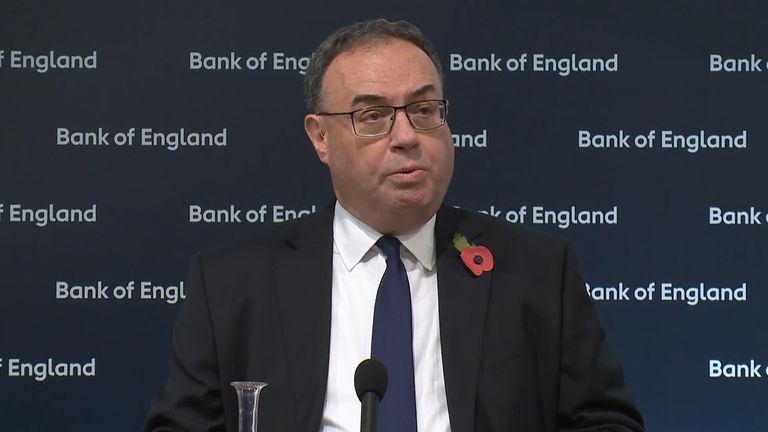The number of mortgage holders who have fallen significantly behind on their repayments has risen by 18% over the past year, according to industry data that suggests landlords may be struggling most.
UK Finance said 87,930 homeowner mortgages were in arrears during the third quarter of the year – up 7% on the previous three months but still running at less than half the number seen in 2009 following the financial crash.
It noted a leap in the number of buy-to-let (BTL) mortgages in arrears, rising 29% over the same period to just over 11,500.
“The increases in arrears are driven by the combined impact of both cost-of-living pressures and higher interest rates,” its report noted.
“In particular, interest rate pressures are felt more acutely in the BTL sector, where landlords may not be able to raise rents to cover the increases in their payments.”
Interest rate rises imposed by the Bank of England since December 2021 to tackle inflation had an immediate impact on borrowers whose payments were linked to the Bank’s base rate of interest.
Since then, those leaving fixed rate terms have also faced paying hundreds of pounds extra per month on new deals – adding to wider cost of living pressures that remain despite the rate of inflation falling sharply from its 2022 peak above 11%.
Private rental costs have also risen due to the additional burdens placed on landlords.
But there are high hopes the worst is over.
That is because the Bank of England has now held Bank rate at its 5.25% level for two consecutive meetings – ending a cycle of hikes that ran for 14 meetings in a row.
As a result, UK Finance expects the combined number of homeowner and BTL mortgages in arrears to remain below 1% of the total number of mortgaged properties by the end of 2023.
The cost of new five and two-year fixed mortgage deals are well down from their summer peaks.
More than 90% of the mortgage market is also signed up to the government’s mortgage charter, committing them to additional support for struggling borrowers.
Laura Suter, head of personal finance at AJ Bell, said of the data: “These figures also only classify homeowners as behind on their mortgages if they owe more than 2.5% of the mortgage value in arrears – for a £400,000 mortgage that would mean they were £10,000 behind on their payments.
“Because of this classification, it’s likely there are far more people who are slightly in arrears and could appear in the figures in coming months.”
Read more from Sky News:
Concern about competition among fuel providers
Shell sues Greenpeace for £1.7m
Energy firms agree to pay £10.8m for smart meter shortfall
She added: “It’s reassuring that arrears remain low by historical levels, and the current Mortgage Charter that lenders have signed up to is preventing these numbers from rising further.
“The agreement means that those struggling to pay their mortgage can switch to interest only, make part-payments or extend their term.
“However, these are all temporary measures and, as we’re not expecting interest rates to fall any time soon, at some point these homeowners will have to face the reality of higher rates – meaning many will fall into arrears.”


